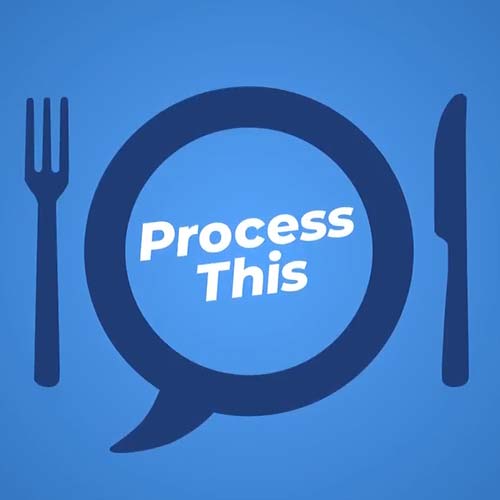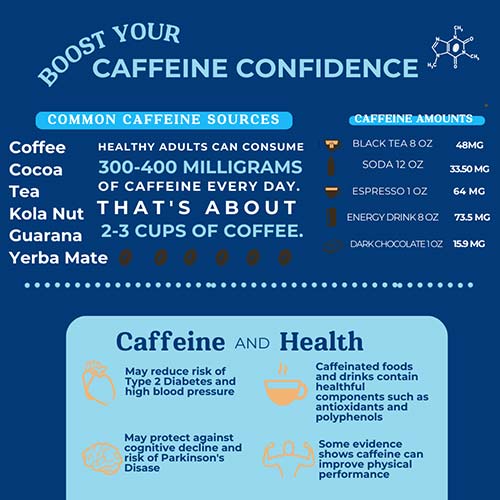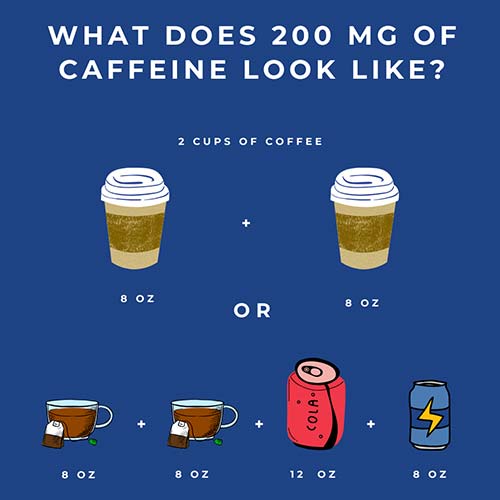
Caffeine’s Consumer Conundrum
March 26, 2024


Caffeine plays a familiar role in many of our daily routines. Explore what consumers think about this mainstay ingredient.
From myths and facts to safety and effects, our Insights collection tackles some of the tougher questions surrounding caffeine consumption in our daily lives.

March 26, 2024

March 12, 2024

March 5, 2024
Want to hear from the experts themselves? Browse our free IFIC Expert Webinar series.
Make your messaging stand out. Explore sample posts and creative ideas to inform, engage and connect with your audience.

Caffeine is Caffeine

Caffeine Sources and Health Benefits

What 200 mg of Caffeine Looks Like
Catch up on the latest headlines about caffeine for inspiration around this everyday ingredient.
We offer a variety of professional health resources that cover high-interest topics. Enhance your expertise with our wide range of toolkits filled with key messages, research, social media content, continuing education and more!
[1] Health Canada. Caffeine in Foods. Government of Canada, 27 Feb. 2024, www.canada.ca/en/health-canada/services/food-nutrition/food-safety/food-additives/caffeine-foods.html.
[2] EFSA Panel on Dietetic Products, Nutrition and Allergies (NDA). “Scientific Opinion on the safety of caffeine.” EFSA Journal, vol. 13, no. 5, 2015, article 4102, https://doi.org/10.2903/j.efsa.2015.4102. Accessed 21 May 2025.
[3] Institute of Medicine. Caffeine in Food and Dietary Supplements: Examining Safety: Workshop Summary. The National Academies Press, 2014. https://doi.org/10.17226/18607.
[4] U.S. Food and Drug Administration. Spilling the Beans: How Much Caffeine Is Too Much? 29 Dec. 2023, www.fda.gov/consumers/consumer-updates/spilling-beans-how-much-caffeine-too-much.